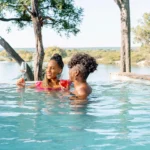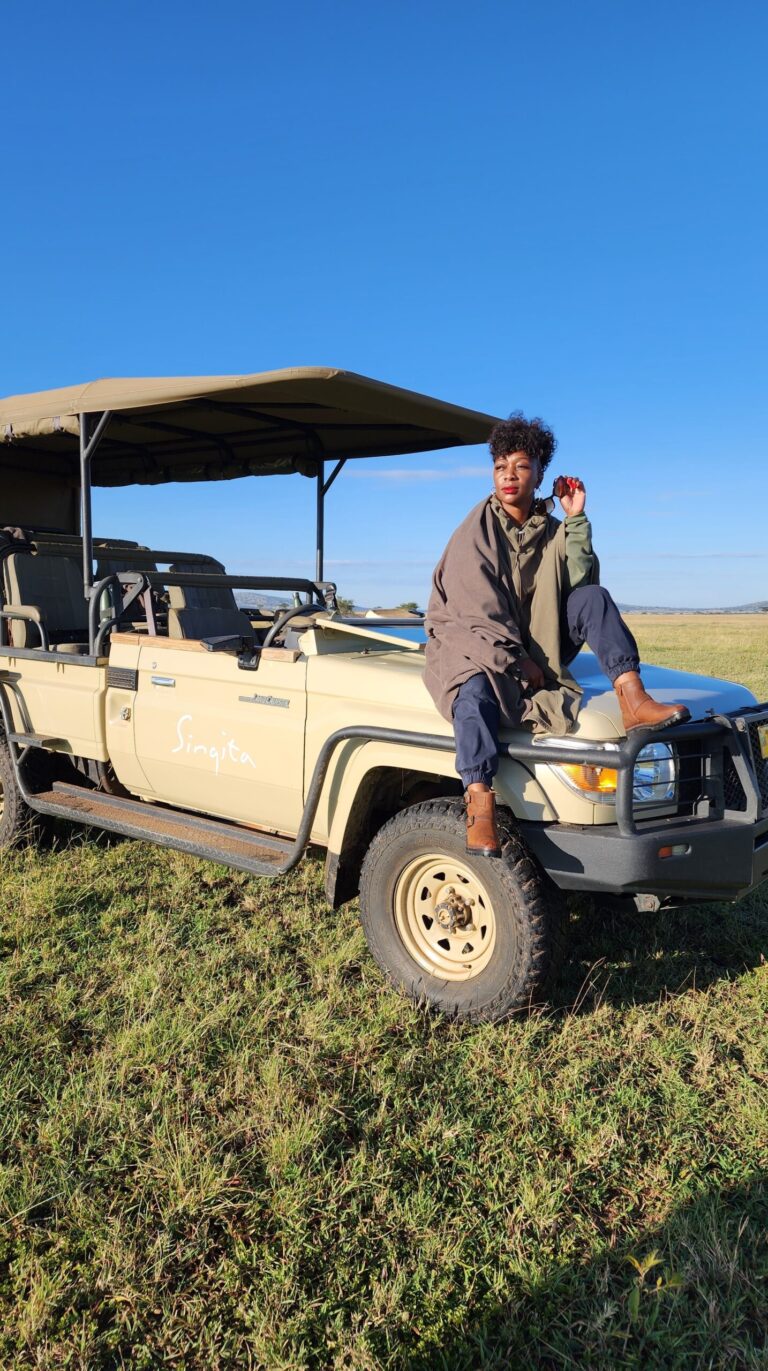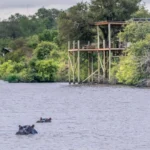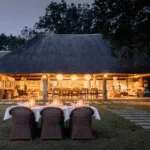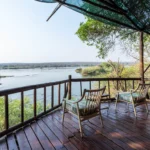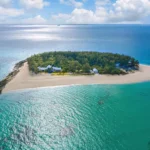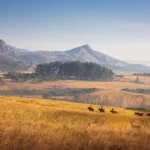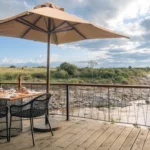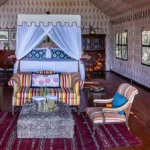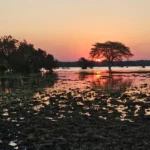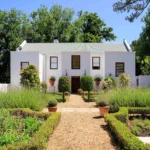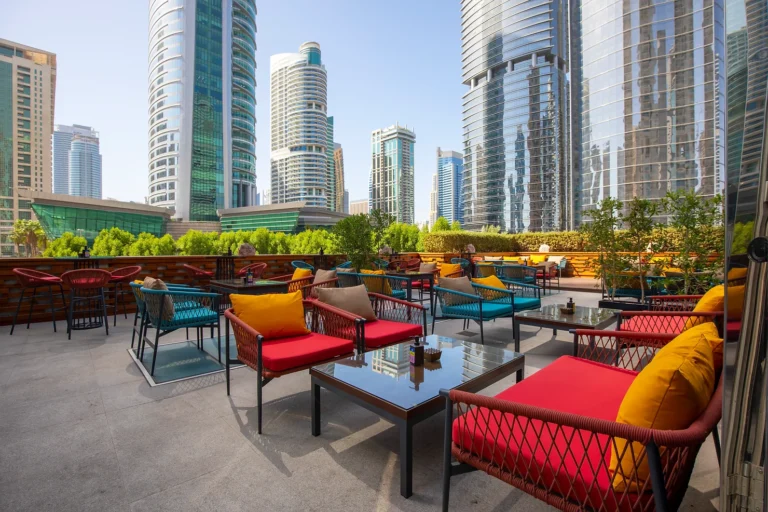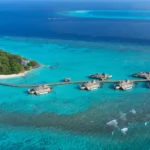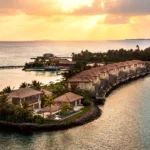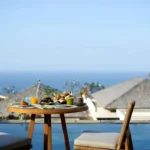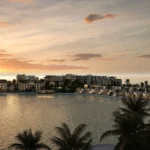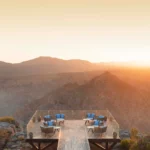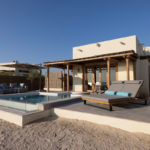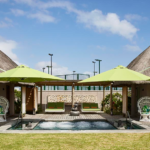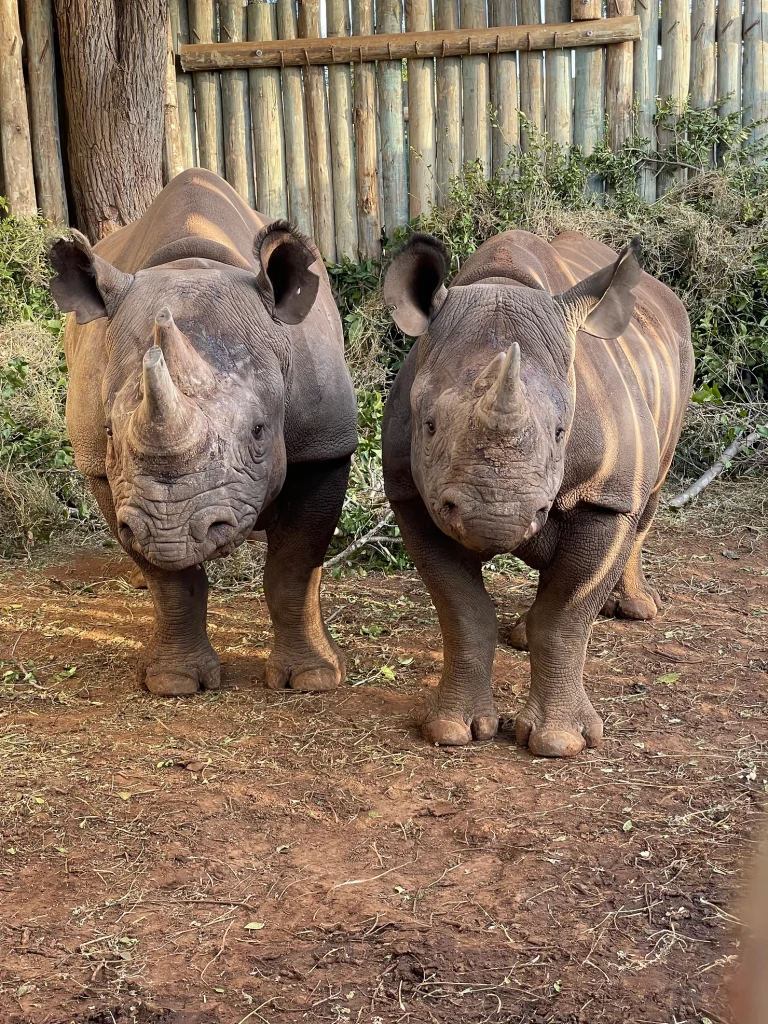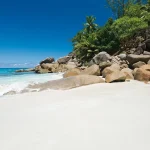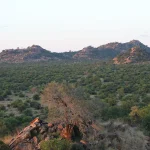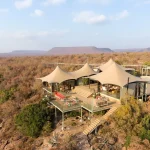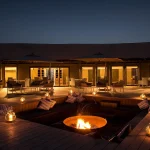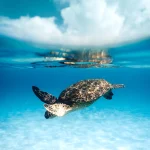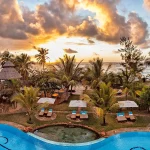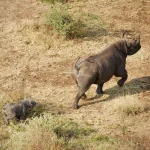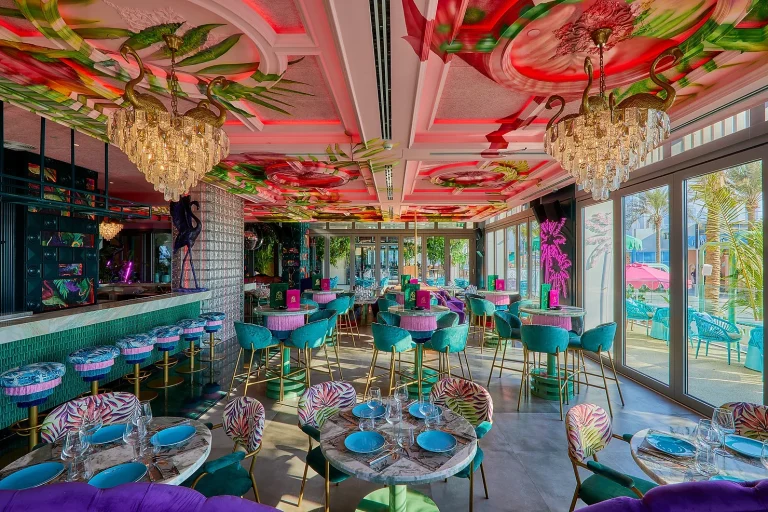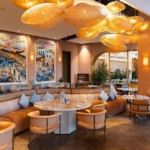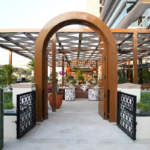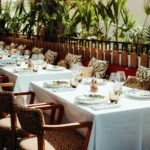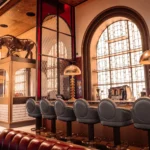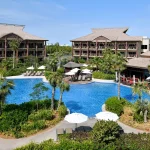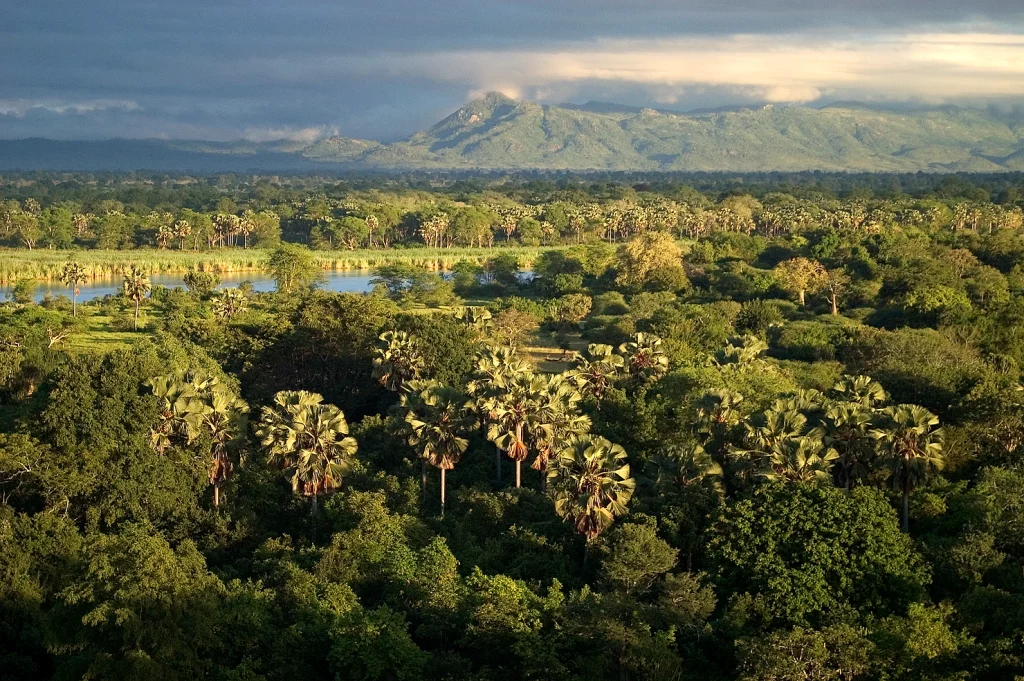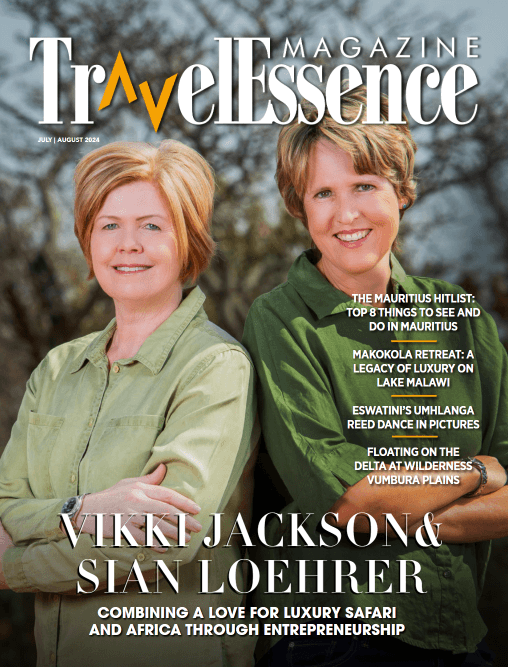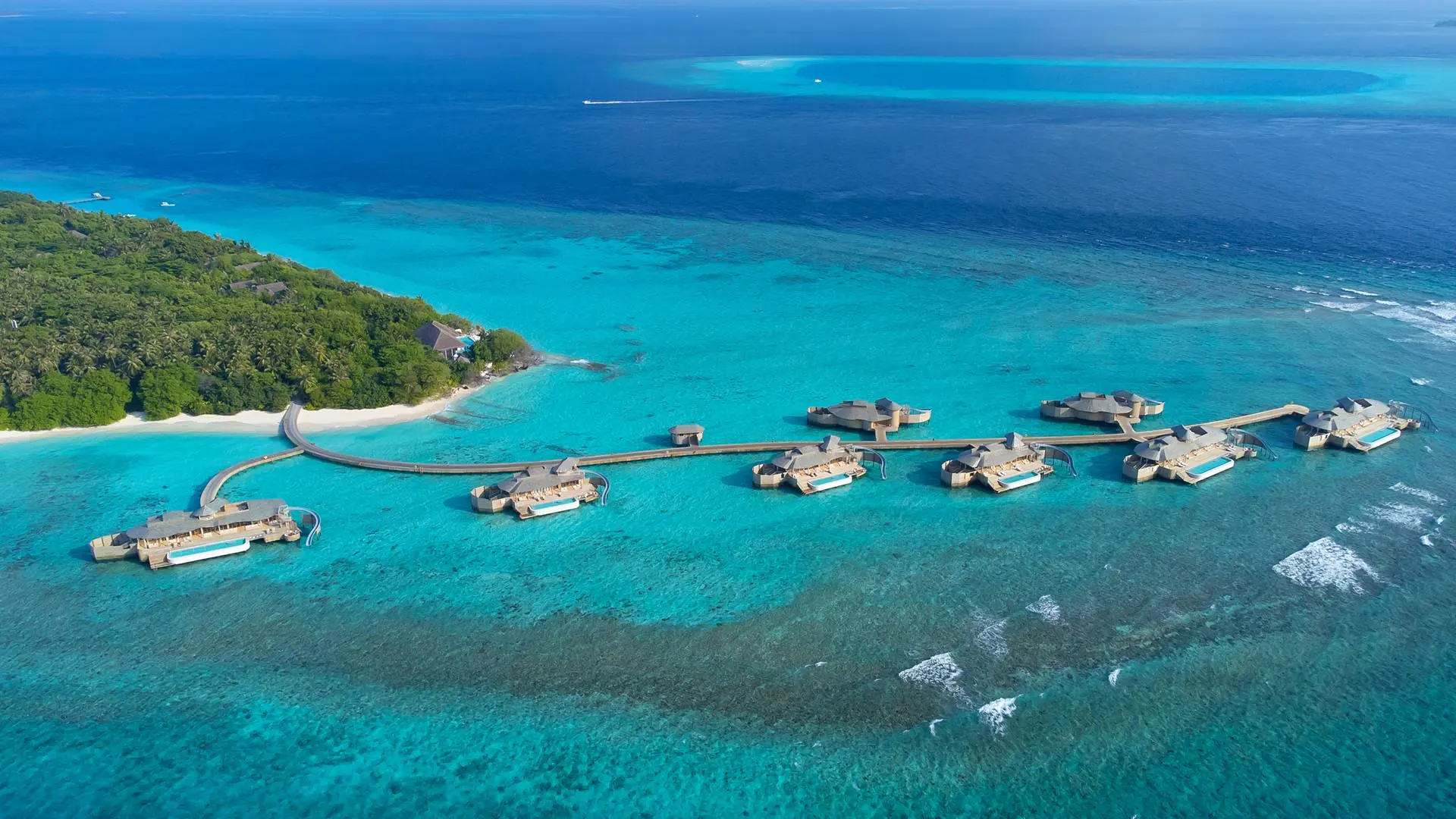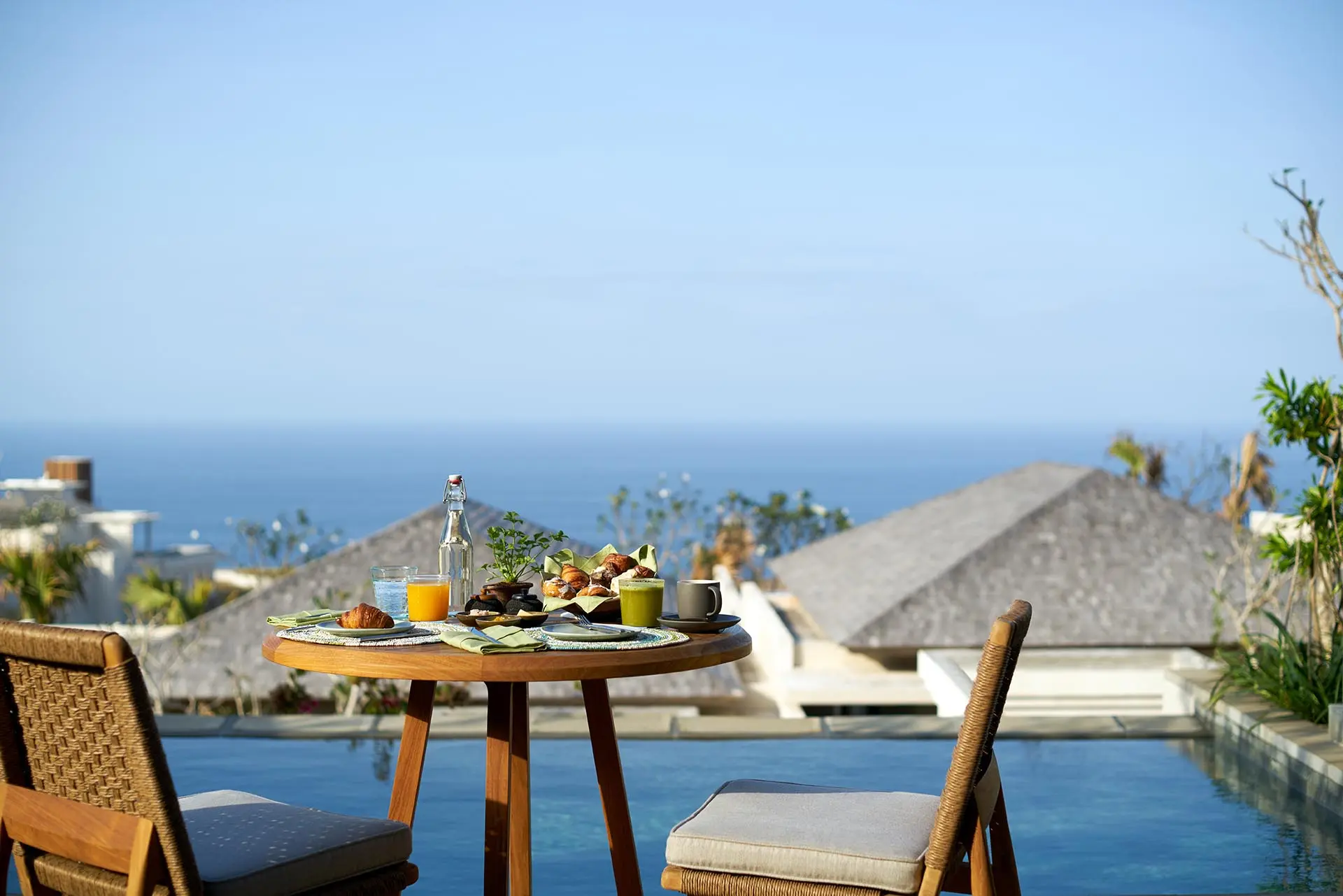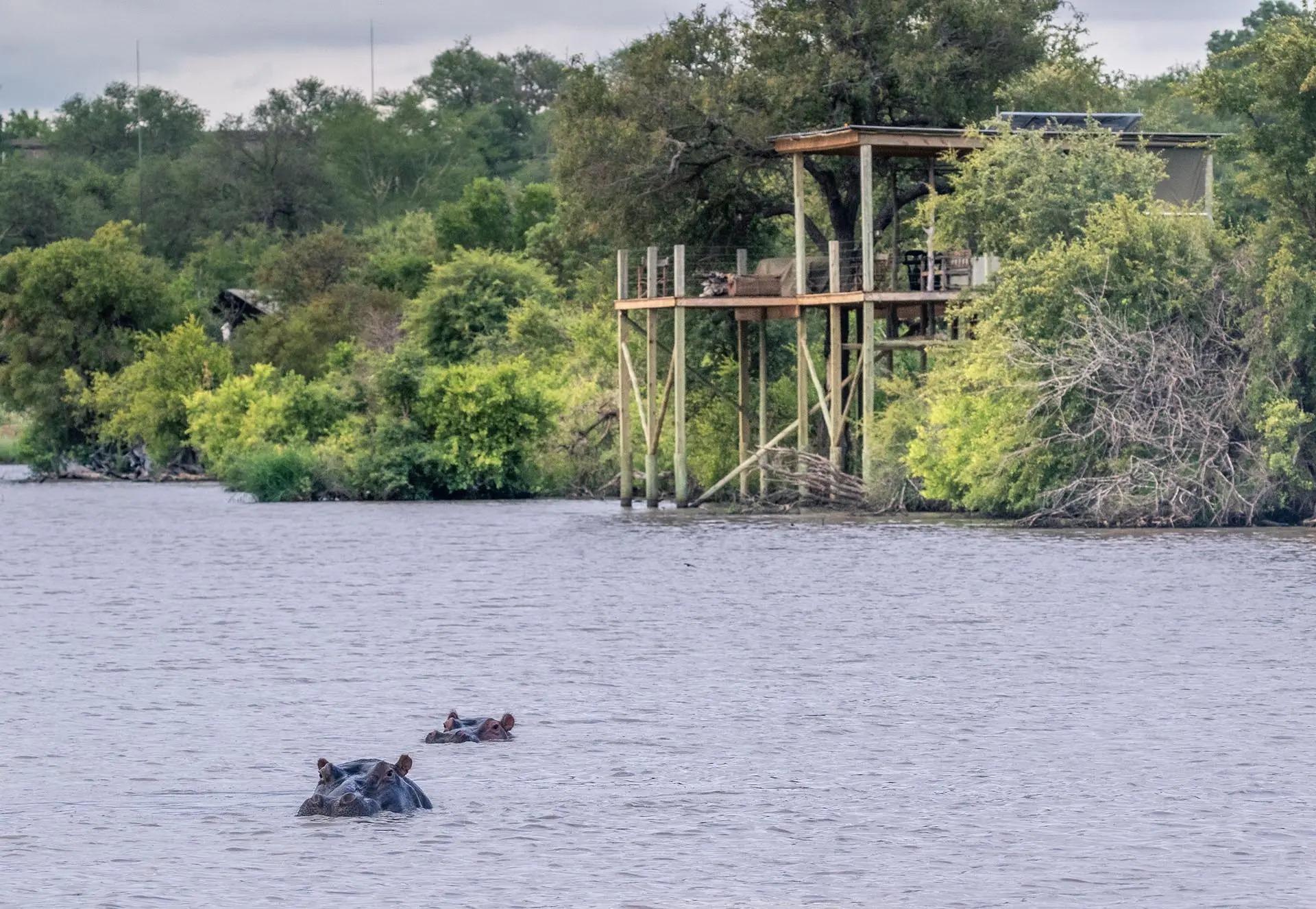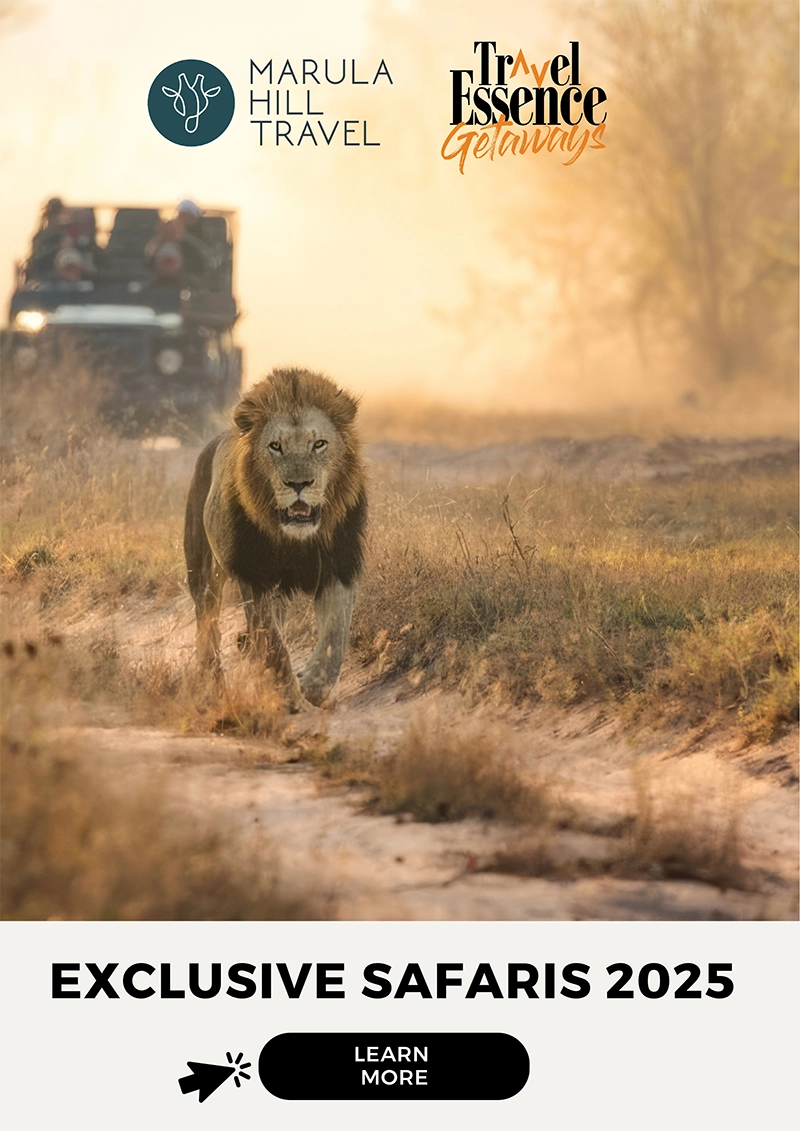To make the above claim for an area of just 600 sq km – small by the standards of African Parks – might seem farfetched but the number of bird species recorded in the park currently sits at 454, and this gives some credence to this claim and to the range of habitats needed to sustain such a large number.
Situated on the eastern banks of the mighty Shire River in Southern Malawi, the various habitats include rocky outcrops with mature miombo woodland, large forests of mopane and albizia, lush riverine thickets of palm and fever trees, expansive moist and seasonally flooded grasslands, lagoons, inlets, and open water. Liwonde National Park is without a doubt one of the continent’s most beautiful wild areas.
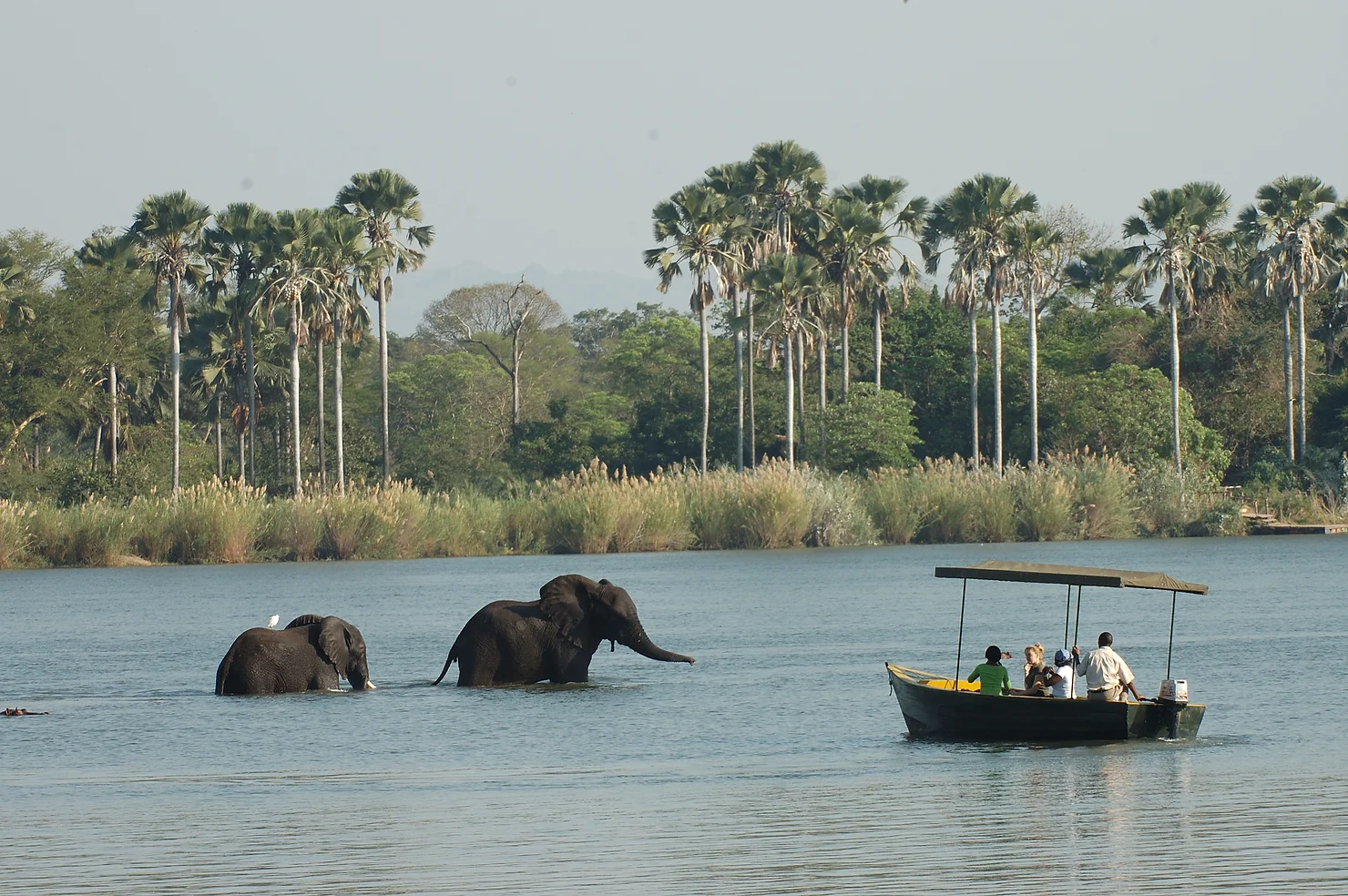
An encounter with nature’s diversity
The first description of the area came from the famous Scottish explorer David Livingstone in 1859 when, finding his way up the Zambezi, barred by rapids and looking for a means of justifying the expense of his planned exploration of the river, decided to head up the large unmapped and unknown river flowing into the Zambezi downstream of the rapids. This river was the Shire, and his diaries wax lyrical on its beauty and the large quantities of wildlife on its banks.
The wildlife experience for visitors is equally diverse. One can choose from or enjoy all of traditional game drives by day and night, walks of any duration from 1 hour to 3 days, as well as a quintessential river experience in well-appointed traditional Malawi fishing boats to view the wildlife, birds, and vegetation from the river.
In the dry season, the park’s large herds of elephants are best seen from these boats which also provide a unique opportunity to view and photograph the distinctively impressive array of water birds. It’s always tricky to list a few exciting target species for the keen birders and keep the list to manageable proportions, but a quick attempt at just a few birds regularly seen in the park and around Mvuu Lodge and Camp reveals the Pels Fishing Owl, Osprey, Bat Hawk, Palmnut Vulture, White-backed night heron, Bohm’s bee-eater and of course Livingstone’s flycatcher. Other game regularly spotted on both drives and boat trips are lion, cheetah, black rhino, eland, hartebeest, and buffalo.
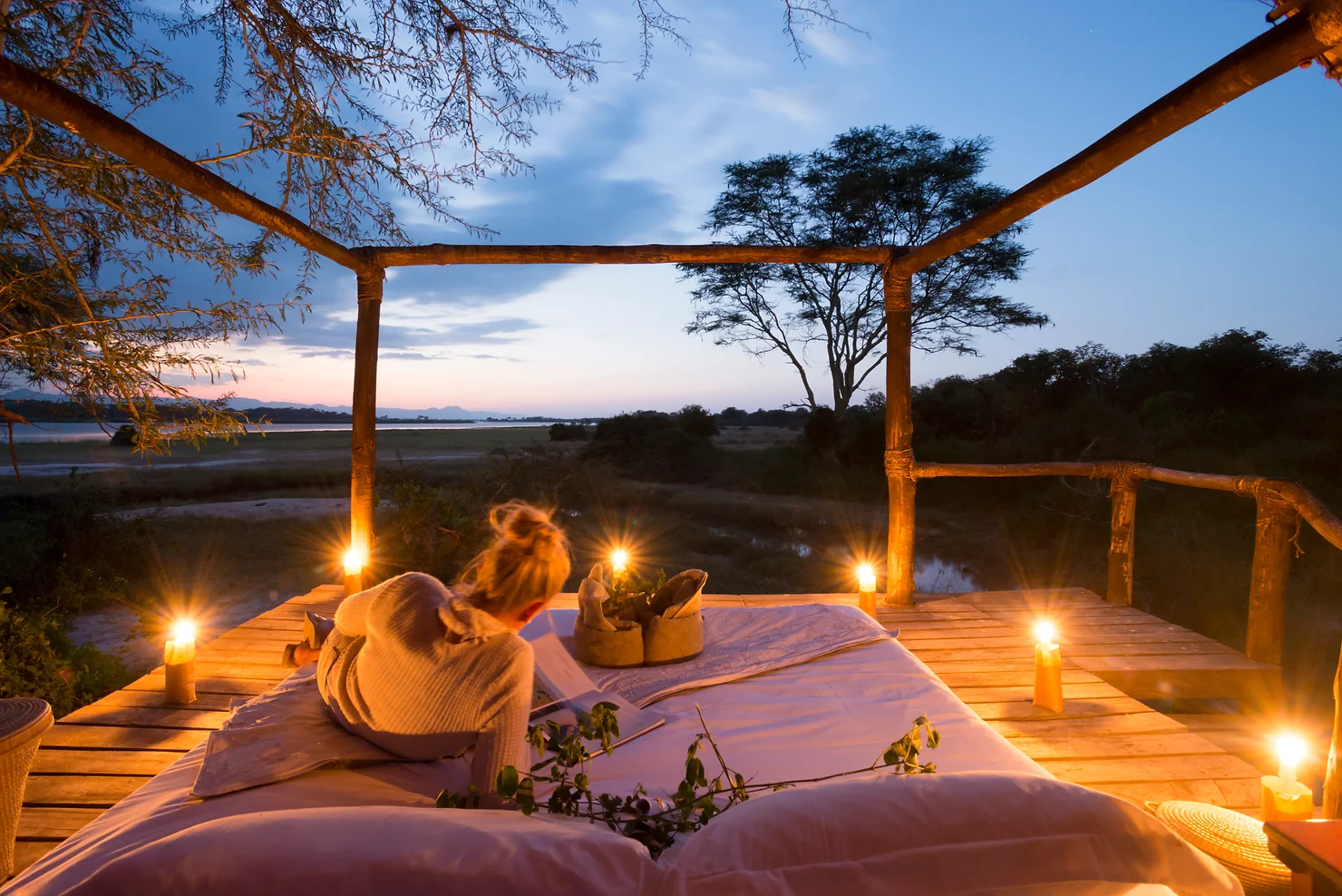
Stay a time at Mvuu Camp and Lodge
Mvuu Camp and Lodge are the original camps, opened in 1994 in the park’s prime wildlife and scenic area on the banks of the river in the far north. Easily accessible by road transfer from the 2 entry airports of Blantyre and Lilongwe, these camps cater to a large range of interests and budgets. The camp is larger with 38 beds, family chalets, and a campground while the nearby lodge caters to 16 guests in considerable luxury, and offers all-inclusive safari rates, wonderful land, and water activities as well as delectable fine dining.
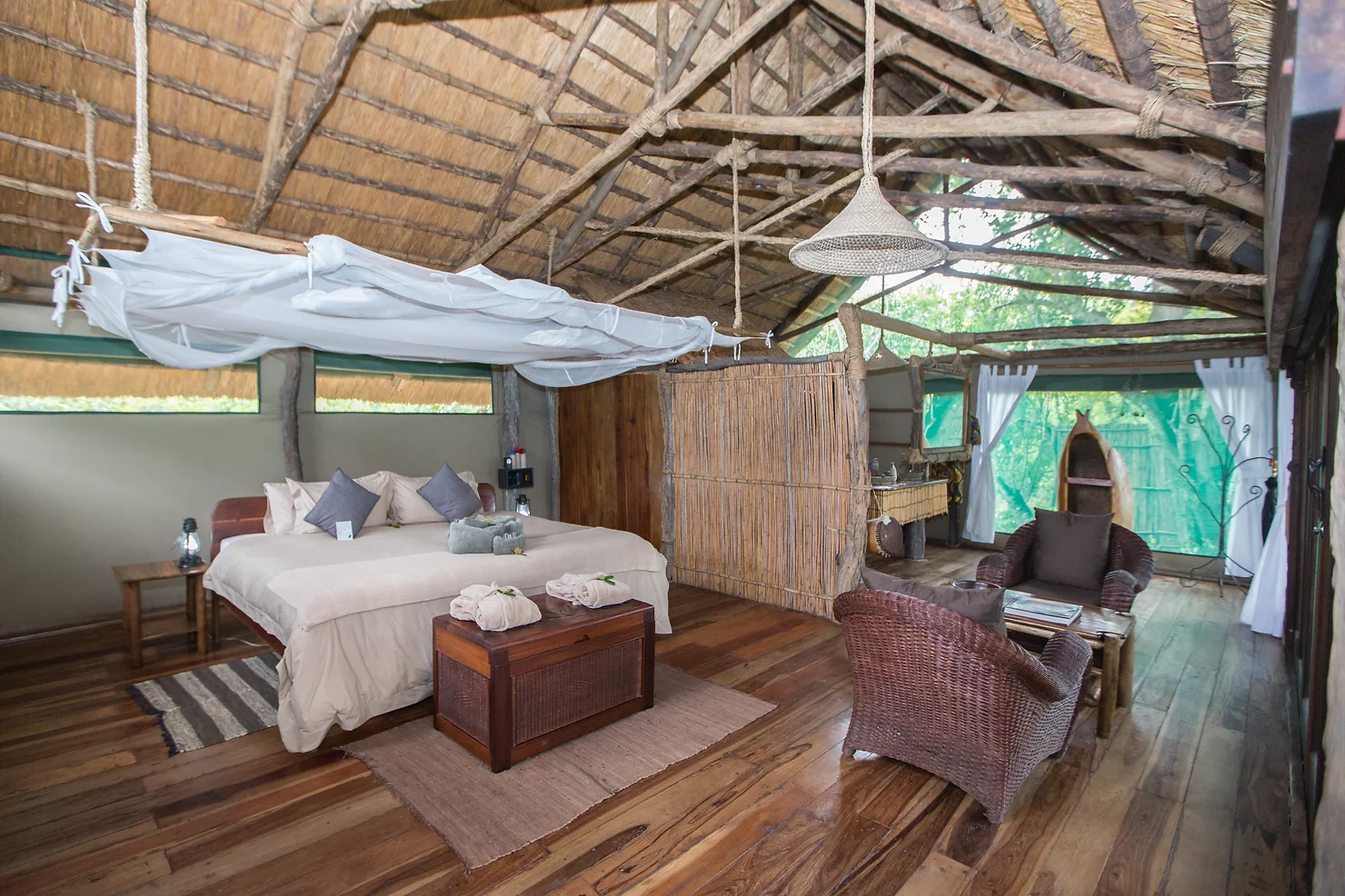
Recently introduced at the lodge is the immaculate Namagogodo Retreat for families or groups of no more than four. These accommodations boast two expansive and luxuriously appointed tents with plunge pools, a private chef, a vehicle, a boat, and a guide for a truly serene and fulfilling bush experience.
The company has a proud heritage of community and conservation work in the area and around Malawi and is actively involved in three groundbreaking initiatives: HELP Malawi which has built and helps to run a 1000-pupil primary school just outside the park, Children in the Wilderness which teaches conservation to some of the many disadvantaged children in the area, and Root to Fruit which has planted over 250,000 trees in the north of Malawi both as a carbon offset programme for visiting guests and to improve the livelihoods of Denver’s communities along the northern lakeshore.
For bookings or more information on the Liwonde National Park and surrounding accommodations please contact reservations@cawsmw.com .
To find out more about HELP Malawi, visit www.helpmalawichildren.com, www.childreninthewilderness.com, and www.roottofruit.net to connect with community initiatives in the area.








